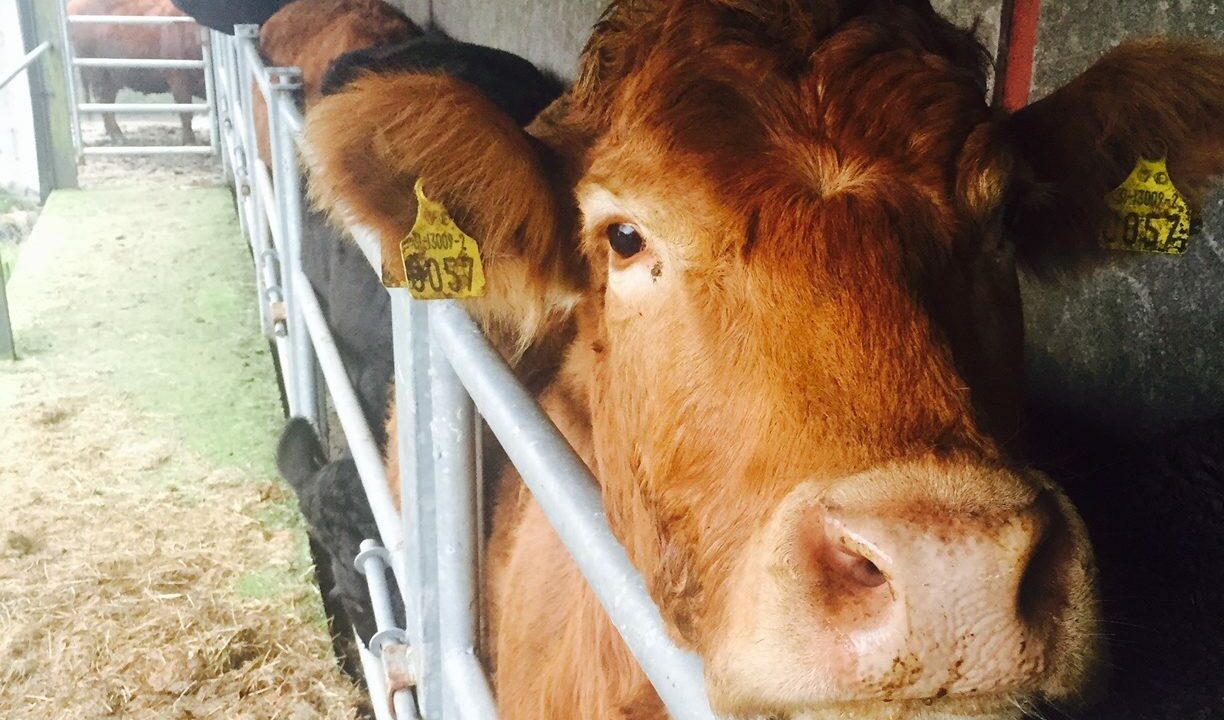Improved communications about bovine TB (bTB) with stakeholders and “working in partnership” with farmers are identified as key elements of the new Bovine TB Eradication Strategy.
The strategy, which became available on the Department of Agriculture, Food and the Marine’s website this morning (Wednesday, January 27) was formed from recommendations made by the bTB Stakeholder Forum.
The plan will cover TB eradication efforts for the period 2021 to 2030.
- Working in partnership;
- Reducing cattle-to-cattle spread;
- Tackling disease transmission at the wildlife/cattle interface;
- Improved communications about bTB;
- Legislative changes at EU level;
- Financial aspects; and
- Improving programme effectiveness.
The strategic actions listed above at farm level can be found here.
Working in partnership
From a broader administrative viewpoint, the plan aims for further development of the bTB Stakeholder Forum with the development of three working groups to advise the forum on technical science issues, finance and implementation.
According to the strategy, a Scientific Working Group will comprise qualified personnel with a specific expertise on bTB or who are currently employed in scientific research organisations working on the issue.
This group will: provide scientific opinion in response to questions from the forum; update the body on relevant scientific developments; provide opinions on themes for further research; and provide independent scientific evaluation of the effectiveness of the programme.
The Finance Working Group will comprise Department of Agriculture officials and farming organisation representatives.
Finally, the Implementation Working Group will comprise department officials; farming organisation representatives and other relevant stakeholders.
This group will be involved in the implementation of strategic policy options under discussion and will consider details and modalities for the policies set out in the strategy.
Communications
Turning to communications, the plan calls for an “enhanced communication strategy” to help address “the same common misunderstandings that arise repeatedly over the decades”.
The eradication strategy aims for “tailored, simplified communications” between the Department of Agriculture and herdowners, with letters sent to farmers to be clearer and simpler.
This will include a “simplified risk categorisation for the herd”, a summary of their bTB history and relevant information to help with farm management decision-making.
The biosecurity advice will have a focus on “practical, clear and effective actions to reduce risk and incentivise risk-lowering behaviour”, the plan notes.
In relation to improved communication to herds with bTB breakdowns – including elements such as the independent valuation of animals, isolation of reactors, additional testing, cleansing and disinfection requirements – the strategy says the department will work towards implementing a new system.
This will provide a single point of contact arrangement for such herdowners based on the use of a new “customer relationship management” software in RVOs.
The forum will be kept briefed on this new system on a regular basis.
Monitoring and training
The department will also undertake more monitoring and inspections of cleansing and disinfection after breakdowns and put in place systems to encourage affected farmers to do more to reduce their own risk of a repeat breakdown through effective biosecurity.
Meanwhile, the department will offer additional training to vets who wish to advise their clients on minimising the risk of bTB to their herd.
This will include cooperation with Teagasc advisors and through encouraging farmers to use bulls rated by ICBF as having higher genetic resistance to bTB.
Department of Agriculture Regional Veterinary Offices (RVOs) are to hold annual bTB stakeholder meetings to provide updates on developments on the matter.
